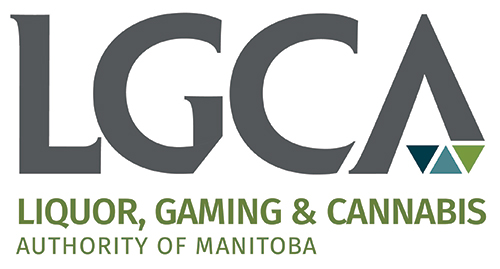Manitoba begins to explore charitable Texas Hold’em events. In response to requests from charitable organizations, the MGCC proceeds with a pilot study to determine whether a suitable licensing model can be established. Manitoba and AMC look at new options. The Manitoba government and the AMC jointly issue Requests for Proposals for two studies: a feasibility study to assess the establishment of a …
2005
The second First Nations casino begins operations. The South Beach Casino opens on the Brokenhead Ojibway First Nation, about 30 km north of Winnipeg. Manitoba and AMC seek progress on gaming issues. The Manitoba government and the AMC sign a Letter of Understanding to work together to help close the gap in the standard of living between Manitoba’s First Nations people and …
2003
The First Nations Casino Project is reviewed under terms of reference established by the Manitoba government and the Assembly of Manitoba Chiefs (AMC). The Office of the Auditor General releases a report on the Dakota Tipi First Nation Gaming Commission and First Nation Gaming Accountability in Manitoba. The report results in amendments to The Gaming Control Act to address longstanding concerns about gaming regulation …
2002
Manitoba’s primary First Nations casino opens at Opaskwayak Cree Nation. Aseneskak Casino is developed by a consortium of First Nations members. Manitoba amends The Gaming Control Act to increase the transparency and accountability of gaming operations, and to clarify and strengthen the role of the MGCC.
2001
Negotiations begin with each of the proposed First Nations casino operators. The negotiations result in the Comprehensive Provincial Framework Agreement and Conduct and Management Agreement, which establish a framework for casino operations in Manitoba by third party operators. The first two First Nations to sign the agreements with the Province of Manitoba are Aseneskak Casino LLP and Brokenhead River Casino Resort …
2000
Manitoba First Nations are invited to submit proposals for casino developments. The Selection Committee recommends the establishment of five First Nations casino developments. The Manitoba government establishes an Implementation Committee to oversee the next stage of the initiative. Work begins on the development of agreements to regulate the new casinos. Addressing issues and opportunities Manitoba separates regulatory responsibilities from the operational aspects …
1999
A framework for community VLT plebiscites is outlined in The Gaming Control Local Option (VLT) Act. The Crystal Casino closes as the redeveloped McPhillips Street Station and Club Regent casinos prepare to open. These expanded sites include full-service restaurants and lounge facilities, non-gaming attractions and table games. The First Nations Casino Project Selection Committee (Selection Committee) is established. The Selection Committee is charged with …
1998
VLT controls are considered. As recommended in the Desjardins Report, the MGCC proposes municipal VLT plebiscites as a local control option and conducts public consultations and stakeholder meetings. The recommendations in the MGCC report, Municipal VLT Plebiscite Review, July 1998, are accepted by the Manitoba government.
1997
The Gaming Control Act is proclaimed and the MGCC opens. Operational and marketing responsibilities remain with the Manitoba Lotteries Corporation. The First Nations Gaming Policy Review Committee (Bostrom Report) recommends casino and VLT developments as an economic development opportunity.
1996
The Lottery Policy Review Working Group’s report (Desjardin Report) is released. The Working Group recommends that operational and regulatory roles be independent of each other to alleviate a perceived conflict of interest. Later that year, the government announces plans to establish the MGCC.
